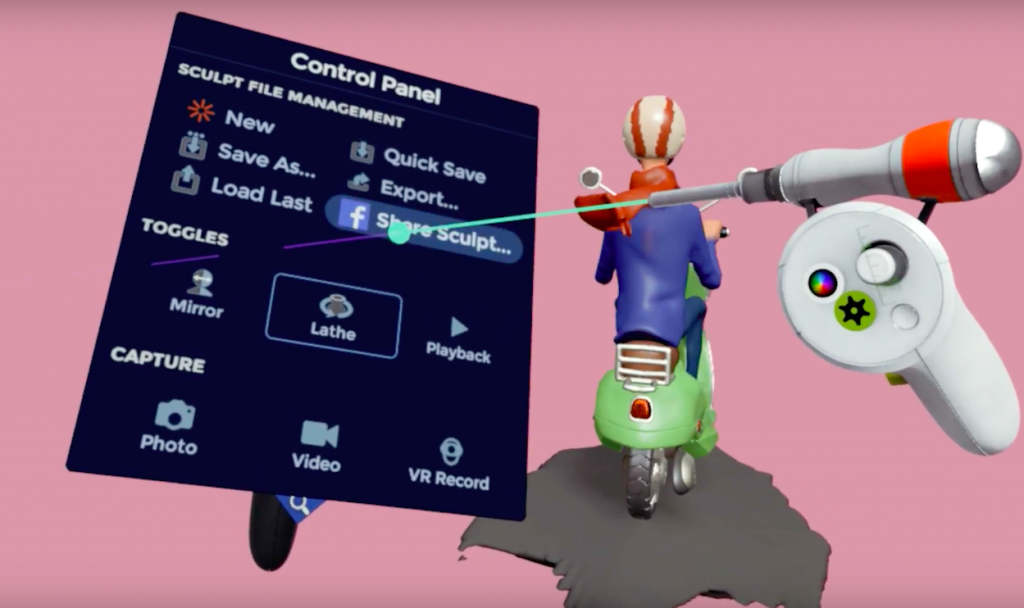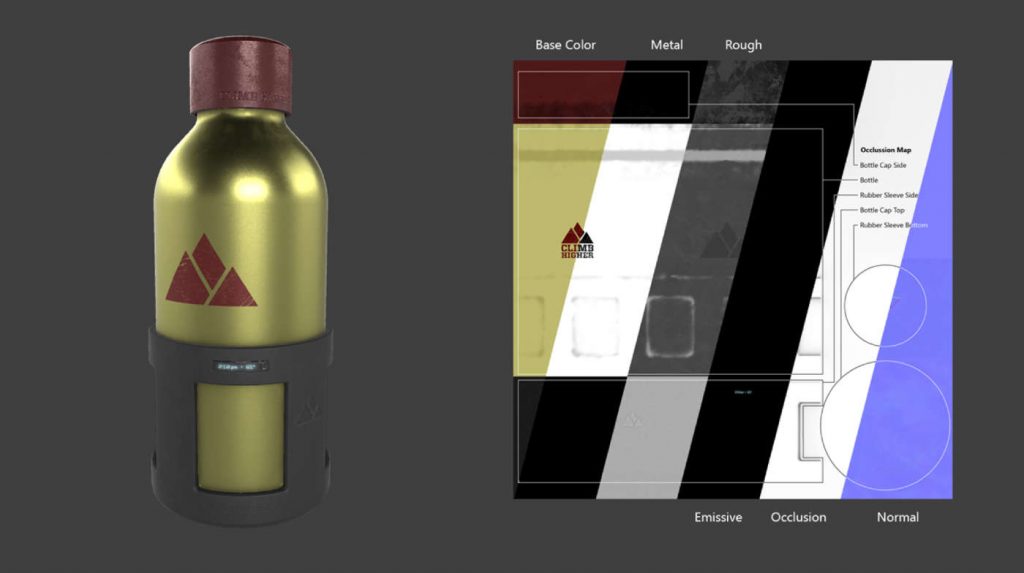Facebook has made it easier for 3D designers and enthusiasts to share original content by introducing support for GL Transmission Format version 2 (gITF 2.0) for 3D posts.
Fully-interactive 3D objects from a range of 3D design tools and 3D platforms can now be transferred seamlessly into the Facebook news feed, or the Facebook Spaces VR platform.
As 3D Printing Industry reported earlier this week, Wikipedia now has the ability to share 3D content – and allows stl files to be included.

The next step in supporting 3D objects
Facebook introduced support for embedded 3D models from Sketchfab in 2015, and launched Facebook 3D Posts for Oculus Medium objects in 2017.
With the introduction of gITF 2.0 in Facebook 3D posts, 3D enthusiasts can now share content from an even greater number of 3D object platforms. 3D scans from Sony’s 3D Creator app and objects from the Oculus Medium Web gallery are now fully supported on Facebook, and Google Poly objects are available soon.
gITF 2.0 is a file format launched in 2017 by the Khronos Group technology consortium that transmits 3D scenes and models faster and more efficiently than its predecessor, gITF.
To be compatible with Facebook, 3D files must be in .glb format (a packed, binary version of a the glTF 2.0 file), and other 3D files can be translated into it using a conversion software. 3D objects can be dragged and dropped directly into Facebook like photos and videos, provided they are in .glb format.

Good news for 3D designers
Designers of 3D objects for 3D printing, AR, and VR can now share their creations directly to Facebook, where audiences will interact with them directly without having to follow any links. Facebook has also made developer tools available to enhance web content.
The introduction of Graph API endpoints means that 3D posts can be created programmatically using certain Facebook Apps, while an Open Graph tag lets developers make 3D content from their website immediately visible and interactive when shared on Facebook.
Facebook product manager Aykud Gönen said:
“In the future, we envision a seamless digital world where people can share immersive experiences and objects like these across VR, AR and Facebook News Feed. To get there, we’ll work on supporting even higher quality 3D models, enabling interactive animations and bringing 3D content into the real world using AR.”
“This is only the beginning, and we look forward to seeing the ecosystem of 3D content grow on Facebook as people, developers and artists contribute their creativity,” Gönen added.”
Is this an application used by an inspiring 3D printing educator? Nominations for the 3D Printing Industry Awards 2018 are only open for another week. Submit yours now.
Will one of your 3D designs become this year’s trophy? Protolabs is sponsoring the 2018 3D Printing Industry Awards design competition. Submit your design now to win a 3D printer.”
For more stories in 3D platforms, subscribe to our free 3D Printing Industry newsletter, follow us on Twitter, and like us on Facebook.
Featured image shows a user interacting with a 3D model in the Facebook newsfeed. Photo via Facebook.

